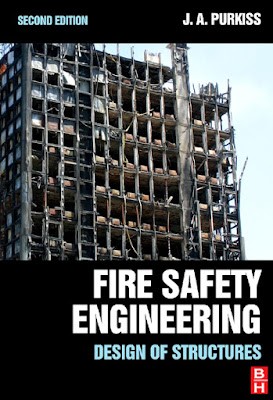When it comes to protecting homes and businesses, fire safety services are the first line of defense against catastrophic events. Annually, numerous lives are taken and properties lost due to fires, making it essential to educate ourselves about efficient fire safety measures and tactics. Whether you are a homeowner, a business owner, or responsible for maintaining safety in a public space, understanding the fundamentals of fire safety can equip you with the insight to ensure safety for individuals and belongings.
From recognizing frequent fire hazards in your surroundings to putting in place comprehensive fire escape plans, there is a wealth of information accessible on how to remain ready. We will explore key topics such as the value of fire drills, the importance of smoke alarms, and the necessity of fire extinguishers in every household and workplace. By gaining understanding into fire safety regulations and modern advancements in fire protection technology, you can ensure that your safety measures are up to date and effective. Let us delve into the essential elements of fire safety and how they can benefit not only individuals but entire entities as well.
Crucial Fire Emergency Tips
One of the key crucial elements of fire safety is ensuring that every home and business is equipped with functioning smoke alarms. Such devices save lives by providing early warning in the case of a fire. https://cloudshield3.werite.net/prepared-to-react-the-importance-of-fire-safety-services is suggested to test smoke alarms every month and replace the batteries no less than one time a year. Additionally, following ten years, it’s recommended to swap the entire smoke alarm unit to ensure optimal effectiveness.
Creating a fire escape plan is essential for both families and workplaces. This plan should include well marked exits, a designated meeting place beyond the building, and consistent fire drills to practice the steps everyone should execute in case of an incident. All inhabitants must be familiar with the plan, and revisions should be made whenever changes in the layout of the building or the number of occupants.
Finally, understanding and managing frequent fire hazards can significantly minimize the risk of a fire starting. This includes keeping flammable materials away from heat sources, using suitable storage for chemicals, and frequently inspecting appliances and wiring for potential hazards. Informing everyone about these risks and how to prevent them is a key component of any fire safety plan.
Formulating a Fire Evacuation Strategy
Formulating a fire escape plan is crucial for securing the safety of your family or workplace in the event of a fire. Start by sketching all available exits from each room and confirming that everyone is knowledgeable with these routes. Pinpoint Fire Safety Engineer exits out of every room if possible, such as doors and windows, and confirm that the windows can be readily opened. Make sure that all exits are free of barriers and accessible at all moments.
Afterward, conduct a staff meeting to evaluate the fire escape plan and designate a designated meeting point outside the building. This spot should be a secure distance away, where everyone can gather after exiting. It is important that everyone knows this spot and is aware that they should not go back into the building for any motive until it is declared safe by the appropriate personnel. Effective communication and understanding of the plan are essential to efficiently implementing it during an emergency.
Finally, organize regular fire drills to practice your escape plan. These drills will help strengthen the routes and procedures, ensuring that everyone knows precisely what to do when an alarm sounds. After each drill, take time to assess and talk about any difficulties encountered during the practice, making adjustments to the plan as needed. Frequent revising and practicing your fire escape plan is necessary for maintaining preparedness and securing the safety of all individuals involved.
Importance of Flame Protection Education
Fire protection training is vital for every staff members, as it provides them with the understanding and skills required to respond efficiently in emergency situations. Understanding fire hazards and the proper use of fire safety equipment, such as fire extinguishers and alarms, can greatly reduce the risk of harm and deaths in the workplace. Consistent training sessions can help strengthen awareness of fire safety protocols and ensure that staff know how to act quickly should a fire occur.
In furthermore to encouraging a more secure work environment, fire safety training further fosters a culture of preparedness among staff members. When workers feel assured in their ability to handle fire emergencies, they are increased likelihood to take preventative measures to prevent fires and follow to safety regulations. This heightened awareness leads to improved compliance with fire safety standards, which can ultimately safeguard company assets and reduce liability risks for employers.
Furthermore, investing in fire safety training can lead to financial benefits for companies. Many insurer companies offer lower premiums for businesses that demonstrate commitment to safety through regular training and compliance with fire codes. By focusing on fire safety training, businesses not only protect their employees and property but also contribute to their overall bottom line, making it a key investment for all organization.

